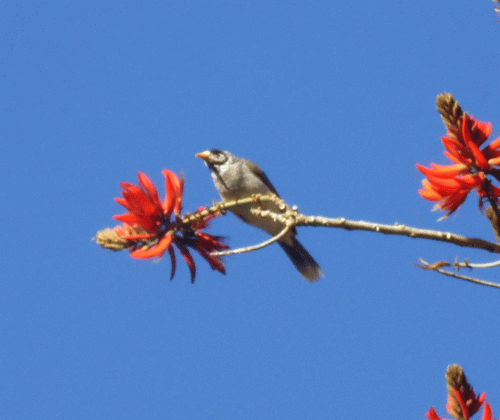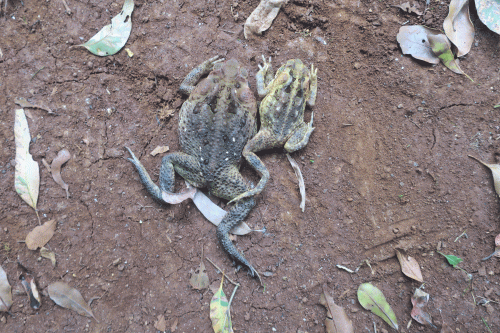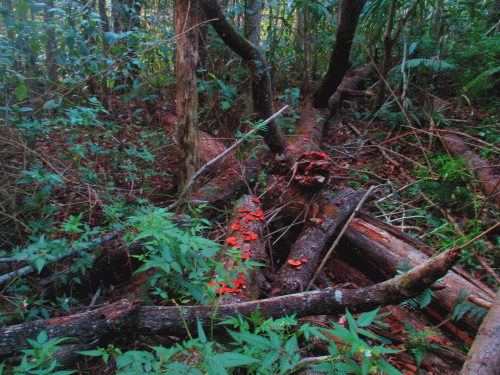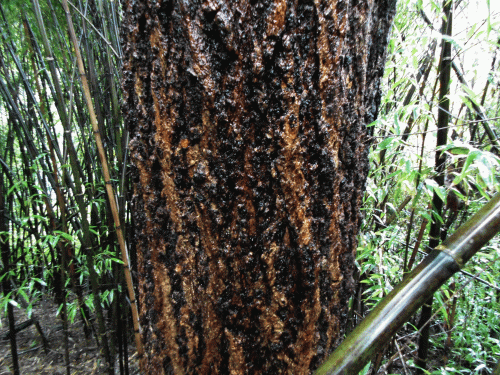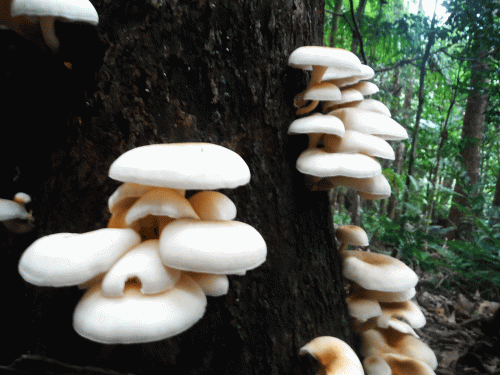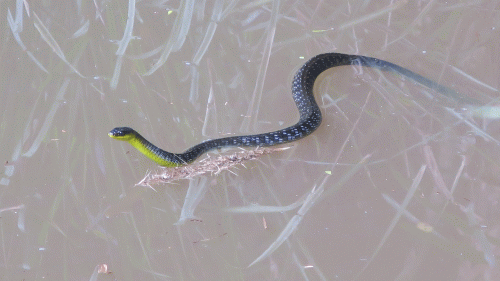I read you inaugural speech you gave on International Women’s day.
Thank-you, inspiring and I wish you a dynamic career as a defender of our ecology and the potential for worthwhile employment.
I really liked what you said about the environment and when you walked with your Dad and drinking from a fresh water creek with cupped hands. I can still do that safely here on my Herbicide-free regeneration property. Yes, and the water is sweet and a total experience when I drink after working.
My concern though has increased over the years as we see poisoned Coral trees falling into the Wilson Creek, spraying along side drains and general common sense fence maintenance being done with herbicides. The F rating of the Richmond River at Ballina is a shocking reality.
Also this week we read that Byron Shire Council is to spray the Bangalow sports fields with Metsulfuron methyl and MSMA, both with negative readings from PAN, the opposite from the herbicide makers selling advertising.
In your speech you talk of employment. Late last year the final days of the now disbanded Green Army came and worked with us, Huonbrook Herbicide-Free Active Volunteers, as we removed the targeted jump-seed from the side of the public road. Land-care and Council’s contractors wanted it sprayed. Over the last three years, a small group of volunteers have hand removed 2 tons of the plant.
A keen, knowledgeable ,delightful group of young people who expressed concern on their future employment prospects. In my volunteer work alongside the public road I see numerous rain forest seedlings emerging amongst the privets, camphor’s ect. These volunteers knew their plants and under the tutor guidance of their leader, John McVicar, I felt what a waste if these young people couldn’t find worth while employment following this down at ground level education and experience.
I see employment potential everywhere alongside our poorly maintained roads. Causeways needing to be cleared out, plantings on erosion points around these causeways. transplanting’s of the many indigenous trees emerging from the silt sites, rock walls around drain run-offs into creeks ect. Coppicing of misplaced plants and on it goes. If hands on maintenance was in place, our roads would function better as problems were dealt with as they emerged.
Huge potential to give young keen budding environmentalists a worthwhile employment opportunity to become true guardian’s of our remaining ecology.
A three day working week perhaps?
We need a massive re think re our environment as climate change is rapidly changing reality on the ground level.
A positive read for me has been Fred Pearce’s “THE NEW WILD” with an endorsement from James Lovelock.
A view I have held after 40 years of owning my property here is that invasive species can have a positive role in maintaining a new balance as wide spread ecological damage adapts to climate change. I see numerous nectar seeking birds and parrots feeding on the introduced Coral tree flowers in winter. Volunteers road side weeding workers have been delighted to witness black cockatoos amongst the pigeons feasting with their young, from the camphor laurel seeds. Many more examples of birds adaptation abound. If these introduced plants had not replaced the wholesale milling of indigenous trees we would have even fewer bird species surviving.
Vanilla orchids are grown on Coral trees in India. Economic value is there if we seek it. We just have to adapt and let go of an outdated view of our ecology, usually based in a pre European settlement ideal by the old conservationists………………as Fred Pearce says ” the dynamism of “alien species” and the novel eco systems they create are helping nature regenerate. Embracing the NEW WILD is our best chance for the future.
Thanks for reading this far………………our frustrations at the lack of progress regarding herbicide use in the Byron Shire is increasing for the growing number of concerned environmentalists. Opportunity being squandered in our Shire where we should be growing our organic food production and reducing our dependence on artificial fertilisers and poisonous pesticides and herbicides.
https://www.theguardian.com/environment/2017/mar/19/the-eco-guide-to-mainstream-organics
https://actions.sumofus.org/a/we-don-t-need-bee-killing-pesticides-to-feed-the-world-1/?




